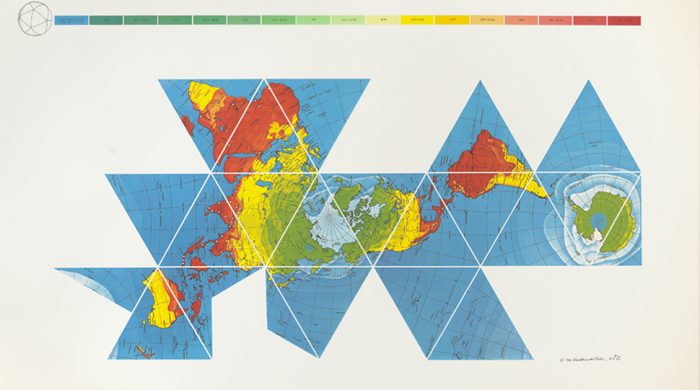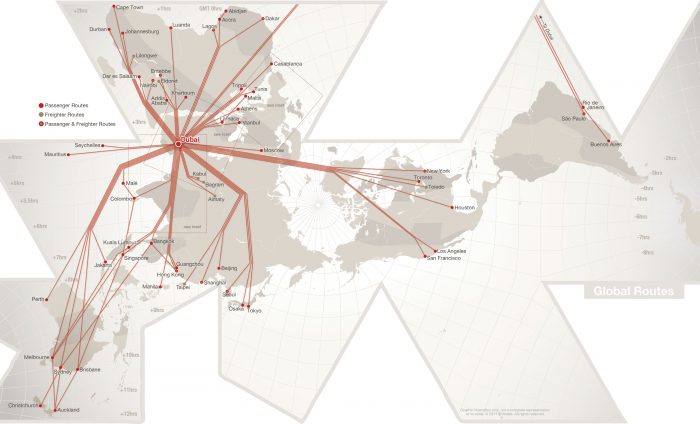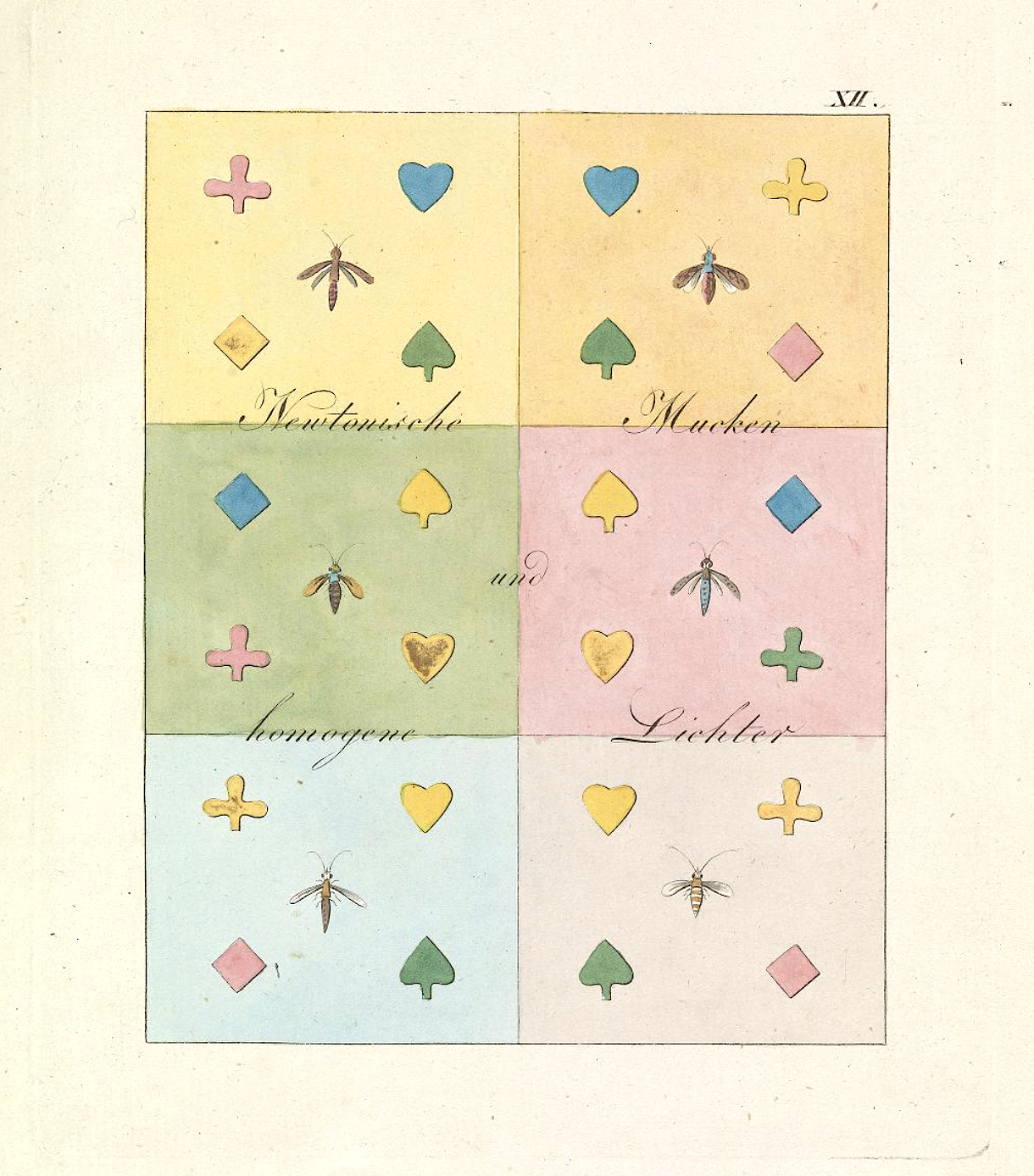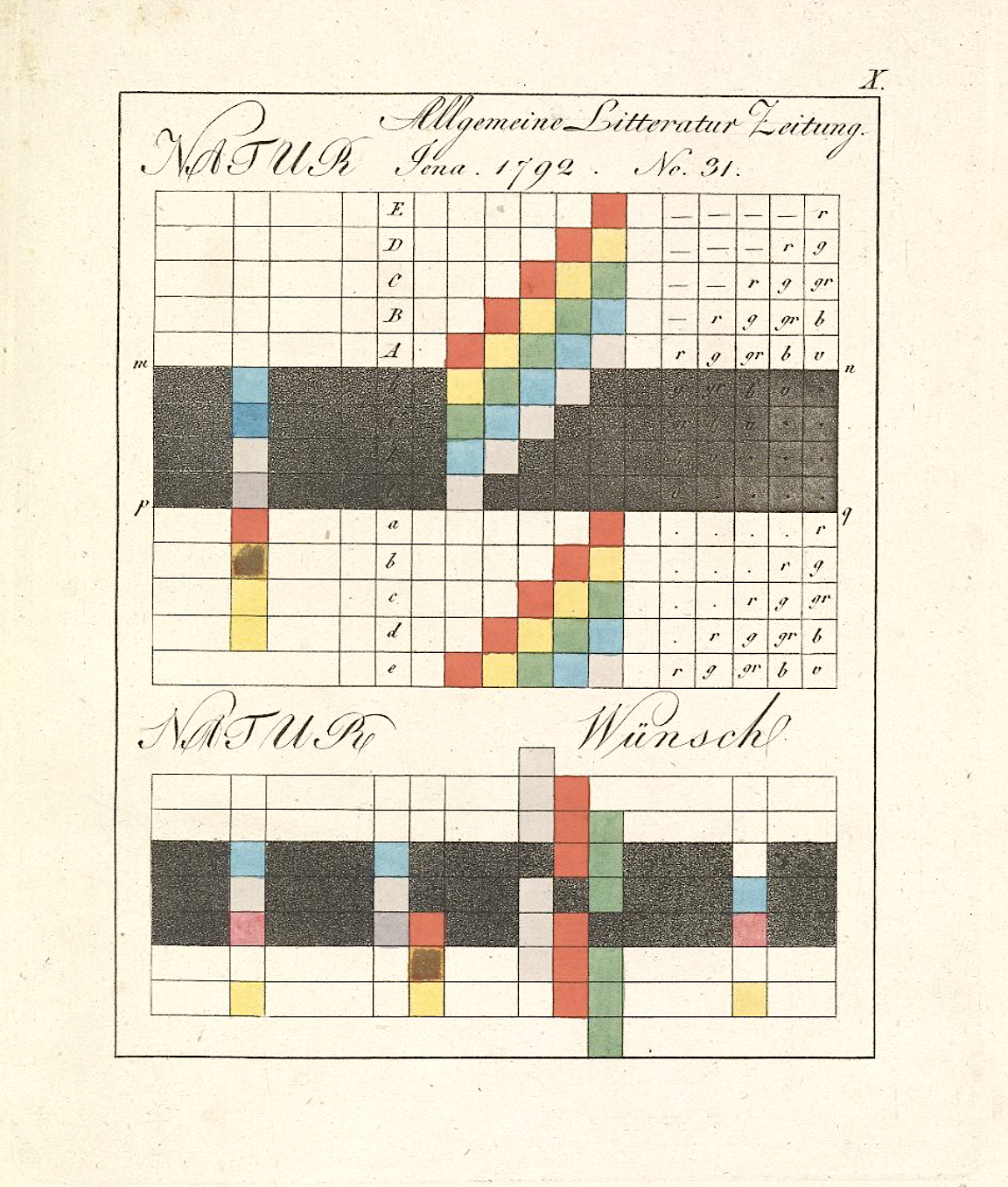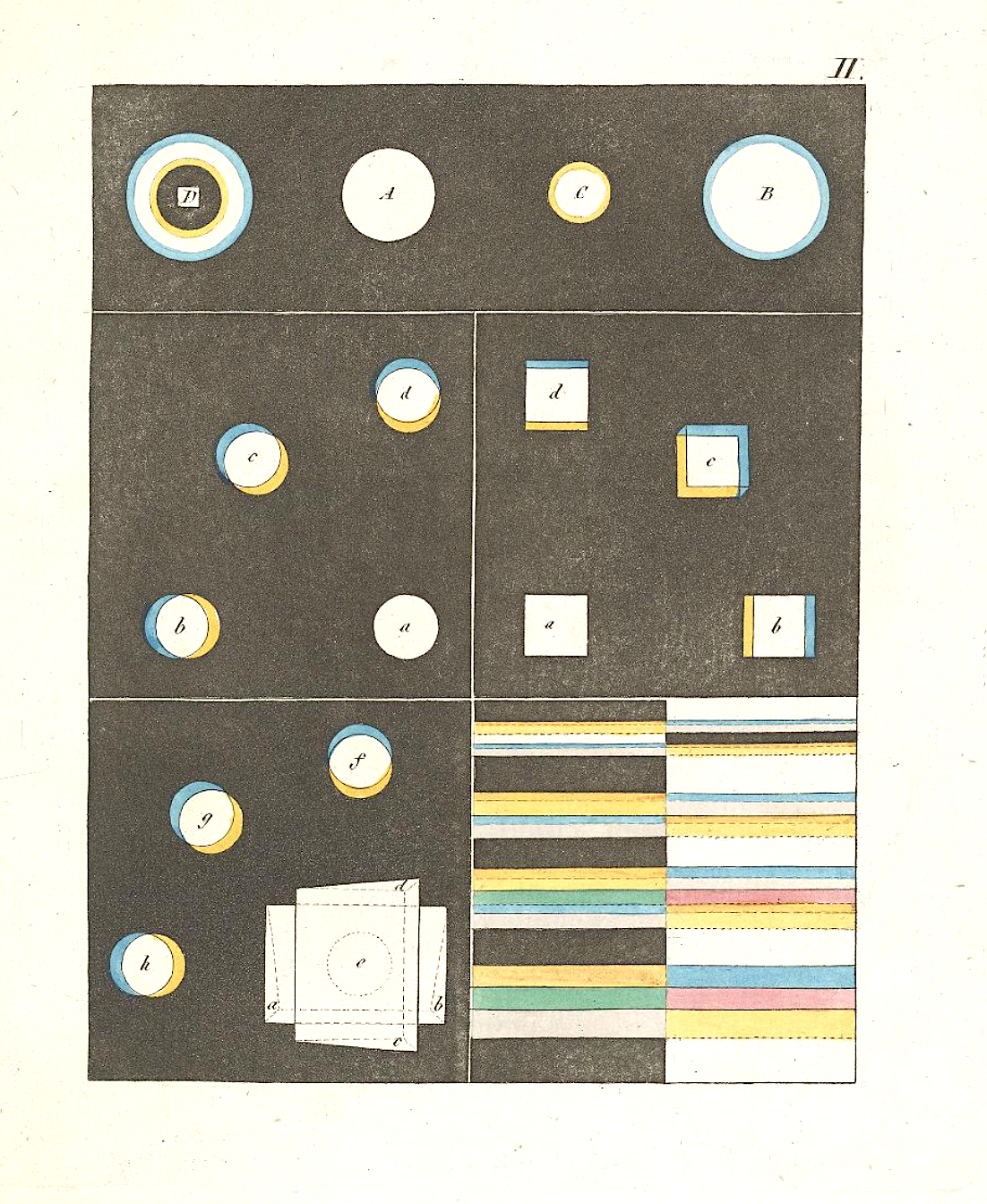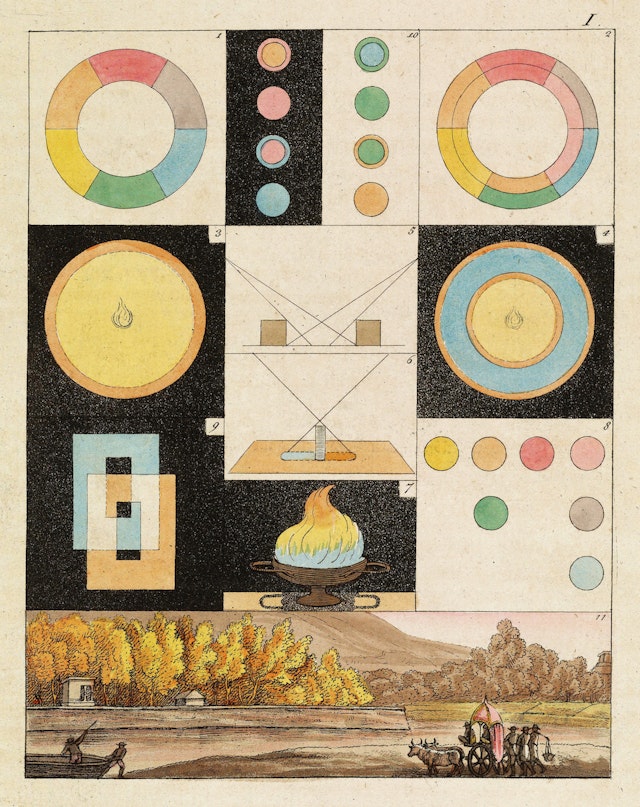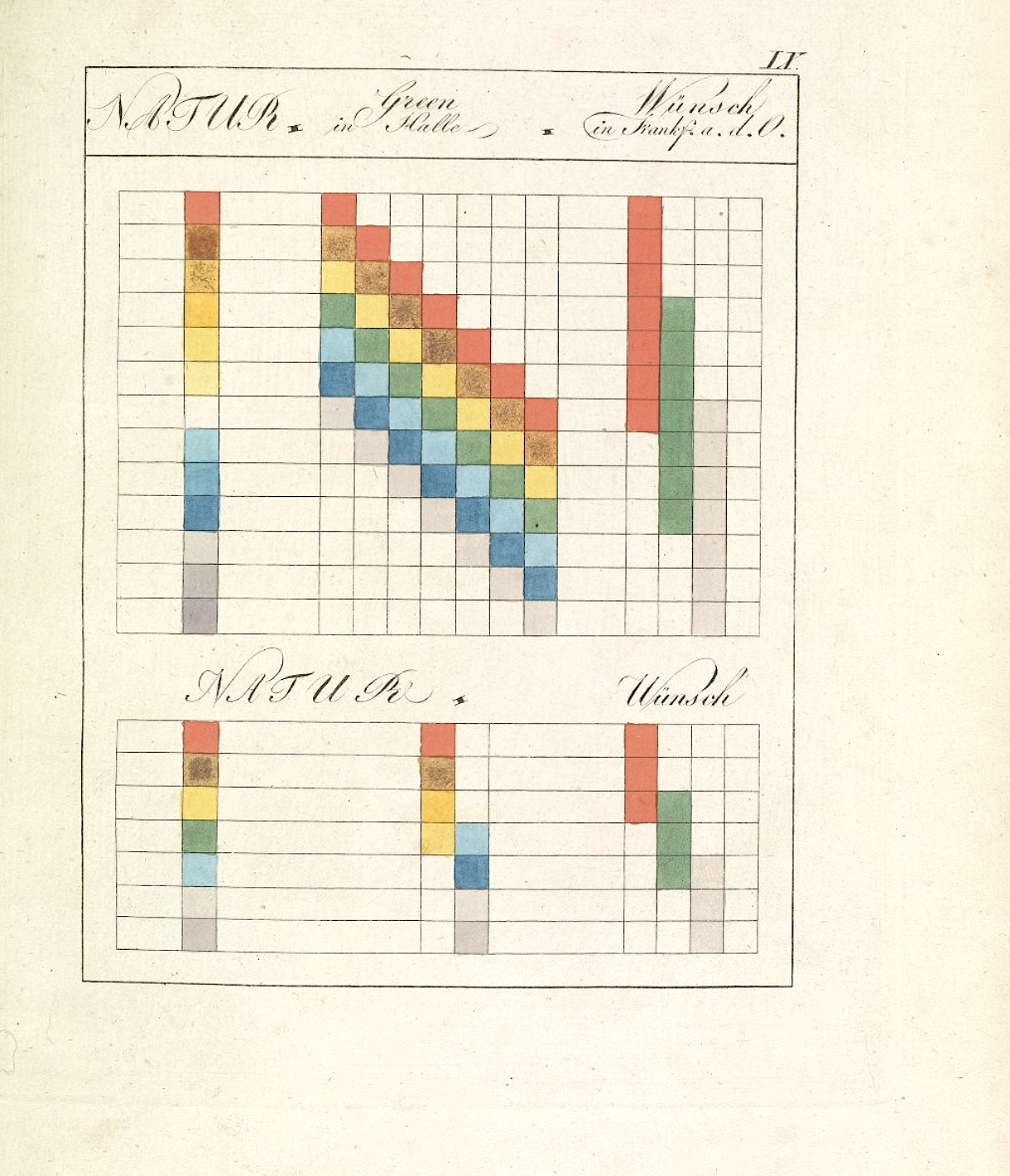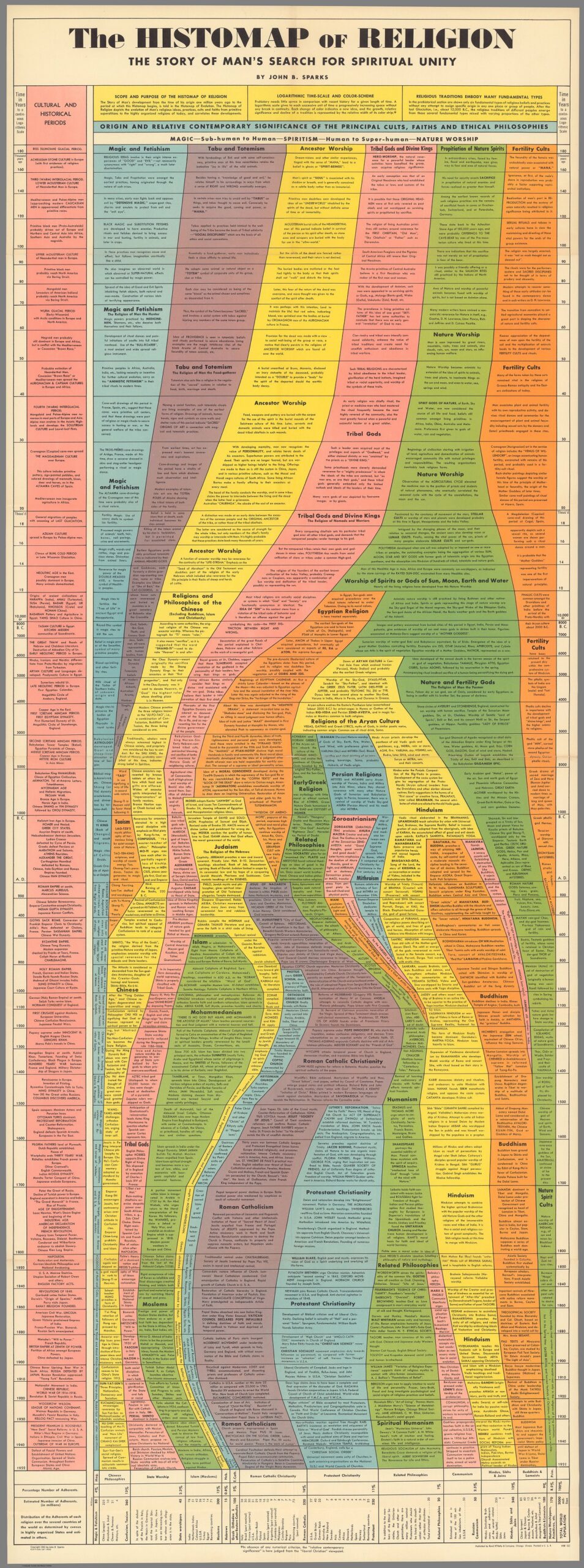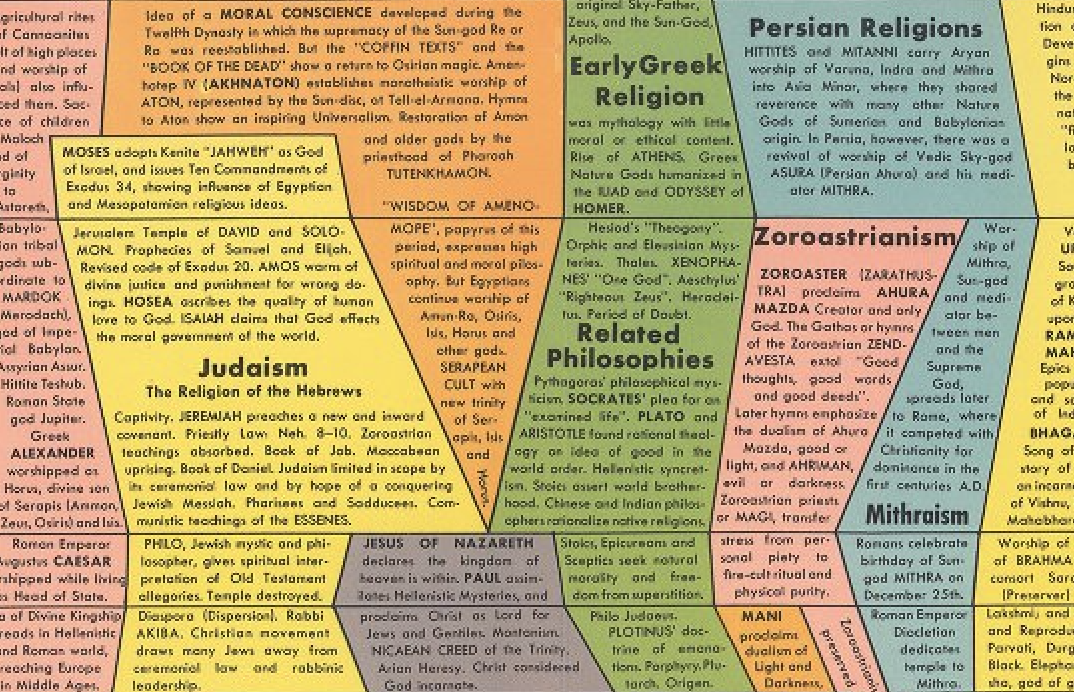
We appreciate illuminated manuscripts and historical books here on Open Culture, adhere though we do to a much more restrained aesthetic style in our own texts. But that’s not to deny the temptation to start this paragraph with one of those oversized initial letters that grew ever larger and more elaborate over centuries past. The online archive of Antwerp’s Plantin-Moretus Museum offers plenty of woodcut Ws to choose from, including designs sober and barely legible, as well as Ws that incorporate a sprouting plant, some kind of saint, and even a scene of what looks like impending murder.

If you’re not in the market for fancy letters, you can also browse the Plantin-Moretus woodcut archive through the categories of plants, animals, and sciences. Some of these illustrations are technical, and others more fanciful; in certain cases, the centuries have probably rendered them less realistic-looking than once they were.
Not all the more than 14,000 woodcuts now in the archive would seem to fit neatly in one of those categories, but if you take a look at particular entries, you’ll find that the museum has also labeled them with more specific tags, like “classical antiquity,” “map/landscape,” or “aureole” (the bright medieval-looking halo that marks a figure as holy).

All these woodcuts, in any case, have been made free to download (just click the cloud icon in the upper-right of the window that opens after you click on the image itself) and use as you please. Back in the sixteenth century, Christophe Plantin and Jan Moretus, for whom the Plantin-Moretus Museum was named, were well-placed to collect such things. The Plantin-Moretus Museum’s website describes them as “a revolutionary duo.

They were the first printers on an industrial scale — the Steve Jobs and Mark Zuckerberg of their day.” And if these decontextualized artifacts of the print revolution strike us as a bit strange to us today, just imagine how our surviving internet memes will look four centuries hence. Enter the woodblock collection here.

via Metafilter
Related content:
Stephen Fry Takes Us Inside the Story of Johannes Gutenberg & the First Printing Press
Classic Films and Filmmakers, Rendered in Woodcut By a Los Angeles Artist-Cinephile
Based in Seoul, Colin Marshall writes and broadcasts on cities, language, and culture. His projects include the Substack newsletter Books on Cities and the book The Stateless City: a Walk through 21st-Century Los Angeles. Follow him on Twitter at @colinmarshall.
